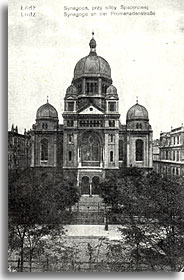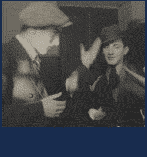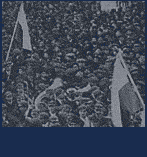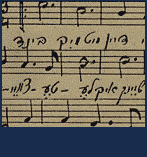

What really differentiated Lodz - and its Jews - from other Polish communities was its modern, industrial economy. Textiles were a mighty force that affected, directly and indirectly, the entire populace. And Jews played a prominent part in all levels of production, be it as industrial capitalists, wholesalers of raw materials, retailers, agents, brokers, or weavers. By 1914, 175 of the Lodz factories (33 percent) were owned by Jews; almost all of those were textile mills. Additionally, Jews owned thousands of small textile workshops, supplementing the city's impressive output of cotton, wool, linen, jute, hemp, and leather.
Institutions
Prior to 1918 a small kehilla functioned in a house near the town hall. Jews were obligated to adorn the walls with pictures of the Czarist royal family. The kehilla was controlled by an ebb and flow of coalitions of diverse Jews as it presided over basic administrative affairs such as community burials, welfare, and election of rabbis. Election of rabbis was reserved for those members of the community able to pay the voluntary community taxes. To further address the enormous need of the city's poor, a number of wealthy Jewish families banded together to establish philanthropic organizations, which provided a great array of services: Talmud Torah classes, vocational schooling, aid to the sick, orphanages, and relief during the holidays. A hospital, financed by the famed Poznanski family, served poor Jews in crowded and chaotic quarters; sick Jewish children were also sent to non-Jewish hospitals, at the expense of the community.















